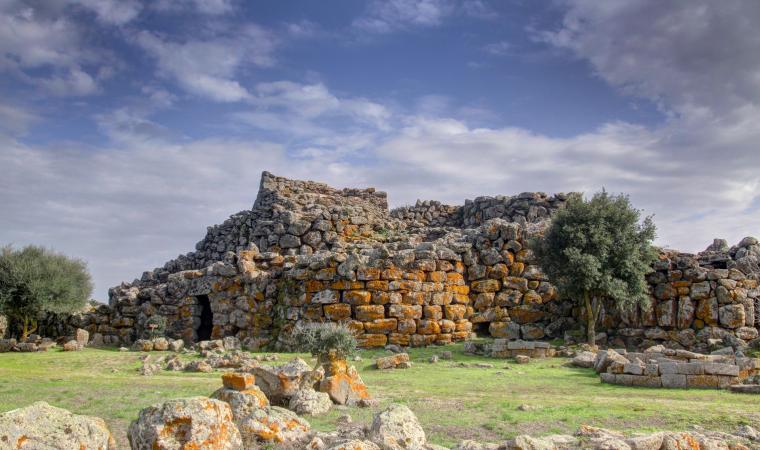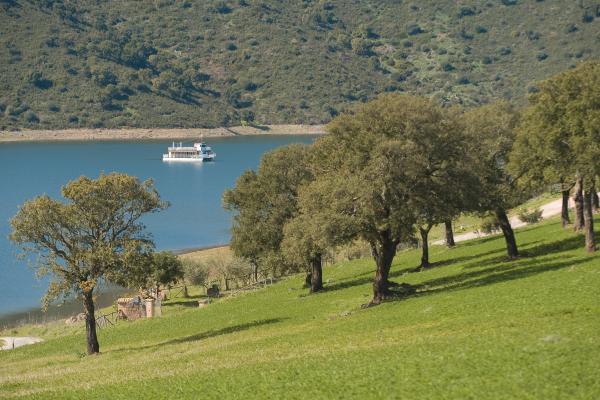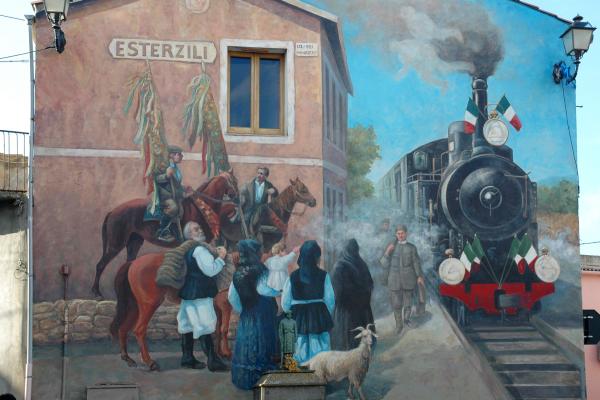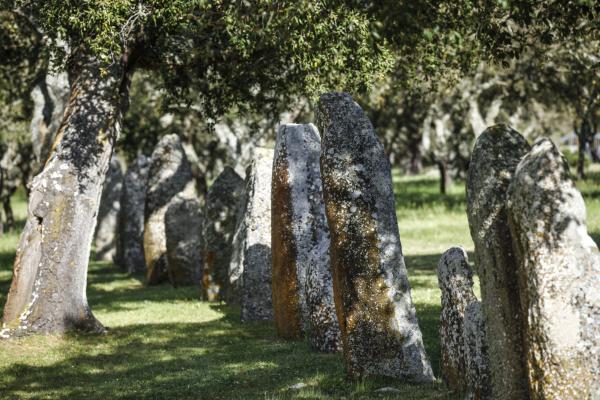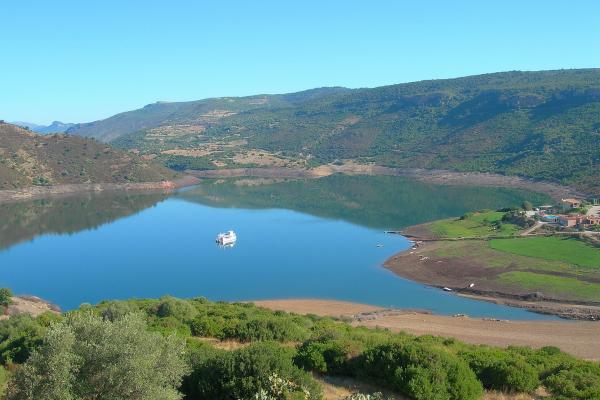The name of Red Giant is due to its grandiose size and the hints of red lichens that colour its basalt stone walls. The complex of Nuraghe Arrubiu, in the territory of Orroli, stretches for five thousand square metres and consists of a central tower (fortified tower) that is 15 metres high - originally it was double this height - surrounded by a formidable bastion formed by five towers, in turn surrounded by a defensive wall with seven towers joined by curtain walls. Inside it there are various courtyards. To the southeast there is another defence wall with five towers joined by masonry. There are a 21 towers in total. Within the fortified wall, of which the first of three floors is still remaining, by walking along a narrow passageway, you will reach the central room, that contains a fireplace and a ritual vase. The (false) tholos roof is still intact, as in some of the smaller towers.

Nuragic or pre-Nuragic archaeology
In the Sarcidano area, the central-southern part of Sardinia, there is one of the greatest protohistoric monuments in the whole of Western Europe, the most impressive megalithic structure on the island and a rare example of an integral nuraghe with five towers
In the Sarcidano area, the central-southern part of Sardinia, there is one of the greatest protohistoric monuments in the whole of Western Europe, the most impressive megalithic structure on the island and a rare example of an integral nuraghe with five towers
Approfondimenti
See this place because...
You can lose yourself completely in the civilization of the mysterious Nuragic peoples, unparalleled in the Mediterranean, and you can visit a unique monument in Sardinia, in the splendid natural setting of the valleys of the Flumendosa
Pictures and videos
Nearby
Admission
Paid admission
Ti piace questo luogo? Cagliari potrebbe essere la tua meta ideale.




